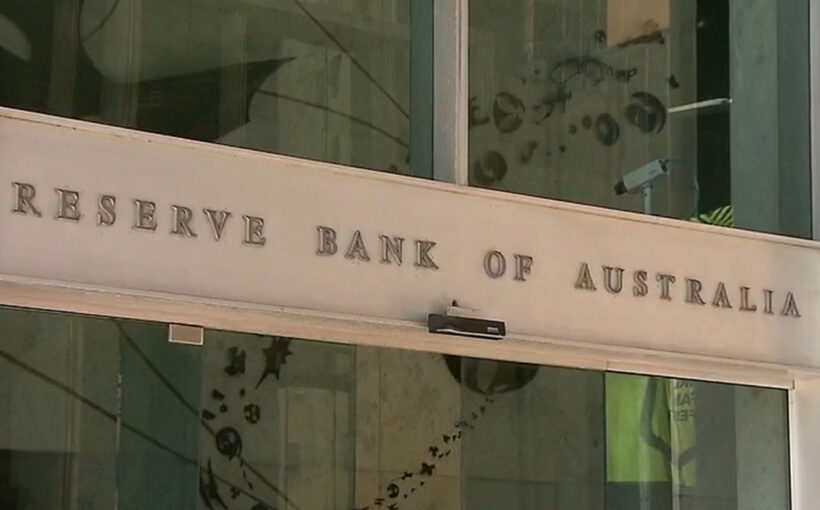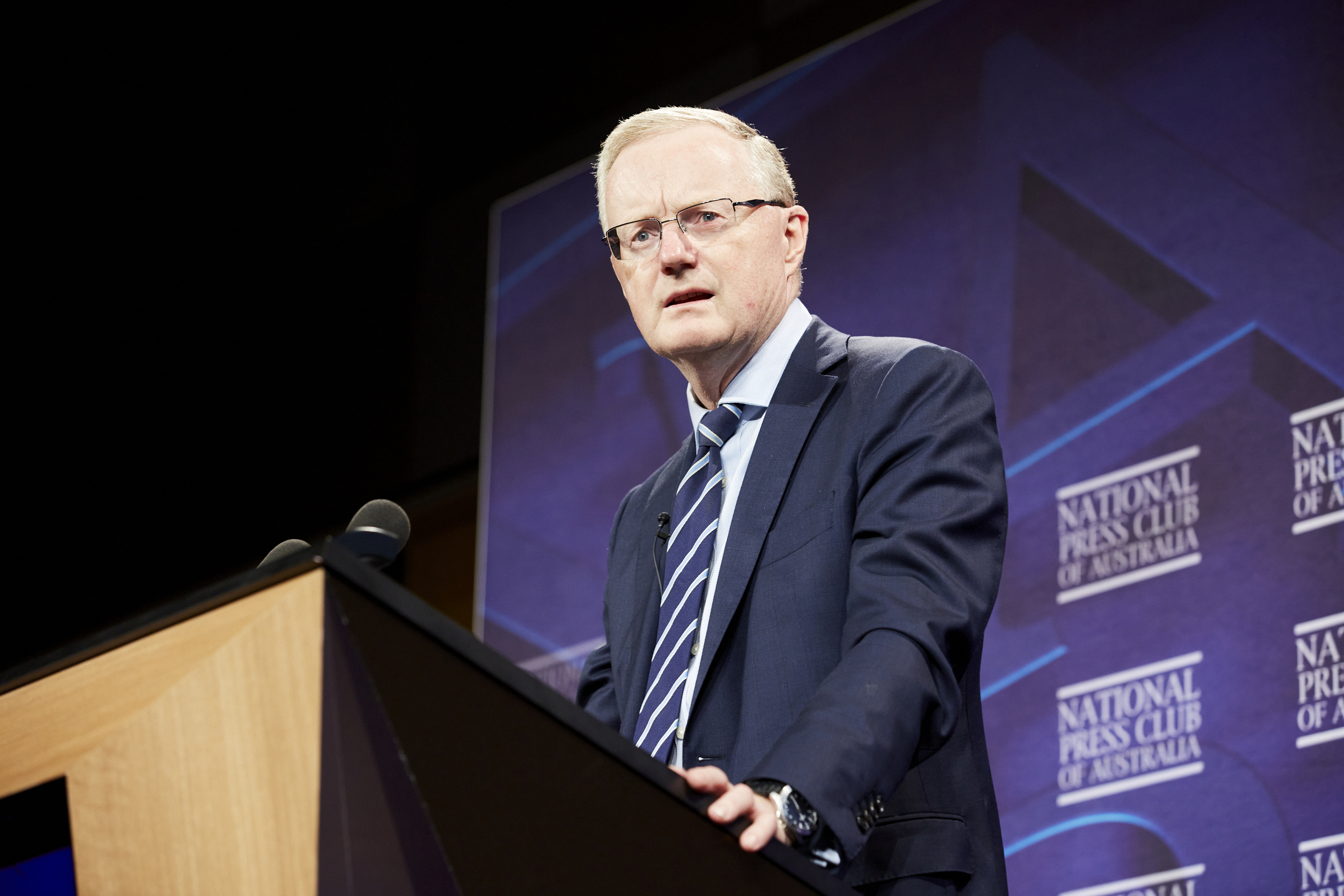The Reserve Bank of Australia mulled over raising interest rates for an eleventh consecutive time in April to 3.85 per cent amid fears of population growth and inflation remaining too high.
The central bank has revealed in its meeting minutes the board considered hiking the cash rate by 0.25 per cent as the beast of inflation remained stubbornly high.
However, the bank eventually decided to pause its relentless interest rate hikes, which saw the cash rate rise from 0.1 per cent in May last year to the current 3.6 per cent.
READ MORE: Economic catastrophe not seen for 30 years headed for Australia
But that decision didn't come without deliberation.
The board discussed another 0.25 per cent increase in the meeting to try and tackle inflation, which slowed slightly to 6.8 per cent in the year to February 2023.
"This case was again founded on the observation that inflation remained too high and the labour market was very tight," the minutes noted.
The minutes showed the central bank forecast inflation would only return to the target range – of between 2 to 3 per cent – by mid-2025.
Considering that reducing inflation is the RBA's main game, the board thought it would be better to raise interest rates again to bring it back to target.
The bank said tolerating a pause in April would slow inflation's return to target, which is "inconsistent" with the board's goal.
The board noted "monetary policy could be eased quickly if an adverse shock caused inflation and economic activity to slow by more, or more rapidly, than forecast".
The central bank also believes most Aussie households are in a "strong financial position" and would be able to cope with another interest rate rise.
"Only a few households with mortgages were at risk of having negative equity in their homes, even if prices were to fall somewhat further," the bank said.
Other considerations included near-term projections for population growth which will significantly impact the housing supply in Australia, which is already under huge demand, leading to higher prices.
"Although higher immigration might reduce wage pressures in industries that had been experiencing significant labour shortages, members noted that the net effect of a sudden surge in population growth could be somewhat inflationary for a period," the bank said.
READ MORE: Artist refuses major award for AI image
Ultimately, the bank decided to leave interest rates at 3.6 per cent in April after considering the fact the full effect of the cash rate tightening is yet to be felt or seen.
"Members judged that monetary policy was already restrictive. For example, given the current cash rate, required repayments on home loans, as a share of disposable income, were anticipated to rise to around their highest level on record," the bank said.
The board decided to pause interest rates to "gather more information on the economic outlook" before the next meeting in May.
"Members recognised the strength of both sets of arguments, but, on balance, agreed that there was a stronger case to pause at this meeting and reassess the need for further tightening at future meetings," the bank said.
READ MORE: 'Secret Chinese police station' uncovered in New York City
Over the next month, data on inflation, the labour market, household spending and the global economy will come to light which will influence the bank's next rate decision.
"Members agreed that it would be helpful to have additional data and an updated set of forecasts before again considering when and how much more monetary policy would need to be tightened to bring inflation back to target within a reasonable timeframe," the bank added.
Sign up here to receive our daily newsletters and breaking news alerts, sent straight to your inbox.





